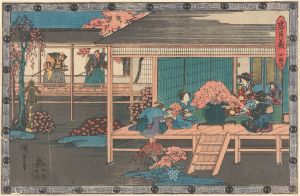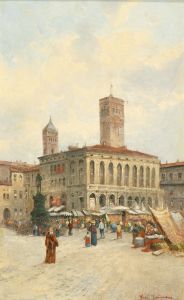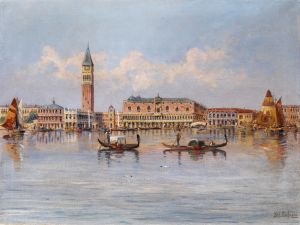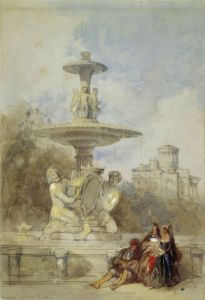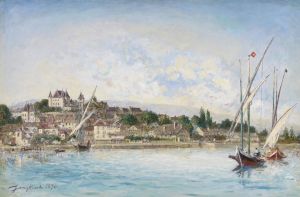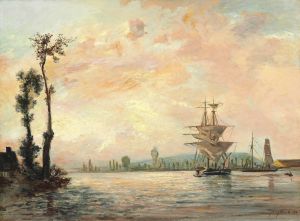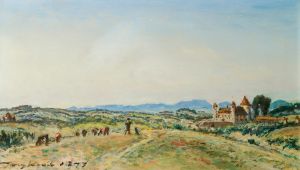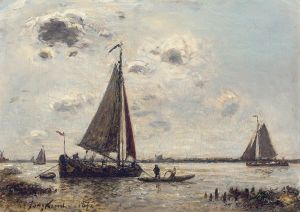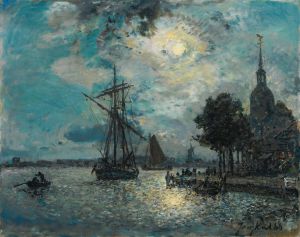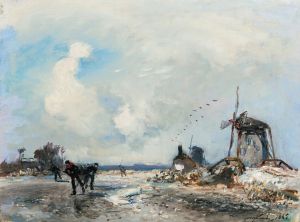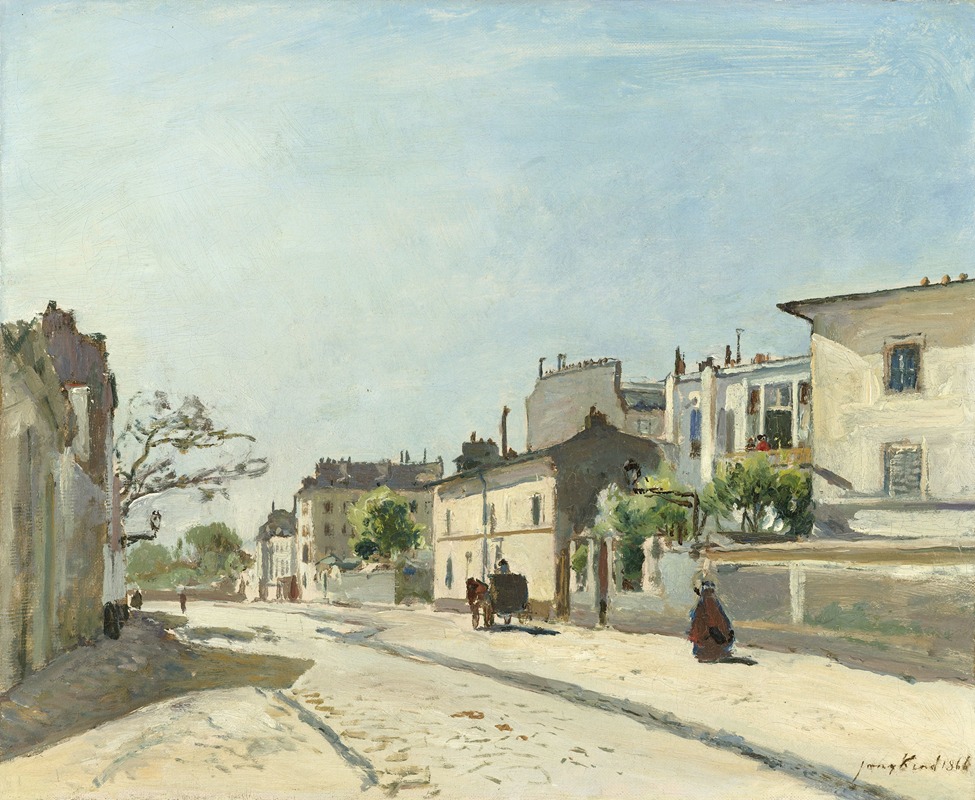
Rue Nôtre-Dame, Paris
A hand-painted replica of Johan Barthold Jongkind’s masterpiece Rue Nôtre-Dame, Paris, meticulously crafted by professional artists to capture the true essence of the original. Each piece is created with museum-quality canvas and rare mineral pigments, carefully painted by experienced artists with delicate brushstrokes and rich, layered colors to perfectly recreate the texture of the original artwork. Unlike machine-printed reproductions, this hand-painted version brings the painting to life, infused with the artist’s emotions and skill in every stroke. Whether for personal collection or home decoration, it instantly elevates the artistic atmosphere of any space.
Johan Barthold Jongkind was a Dutch painter and printmaker known for his significant contributions to the development of Impressionism. Born on June 3, 1819, in Lattrop, Netherlands, Jongkind spent much of his career in France, where he became associated with the Barbizon School and later influenced the Impressionist movement. His works are celebrated for their innovative use of light and color, capturing the essence of landscapes and urban scenes with a sense of immediacy and atmosphere.
One of Jongkind's notable works is "Rue Nôtre-Dame, Paris," which exemplifies his skill in depicting urban landscapes. Although specific details about this particular painting are scarce, Jongkind's oeuvre often focused on capturing the vibrancy and dynamism of city life, particularly in Paris, which was undergoing significant transformation during the 19th century. His paintings frequently featured streets, rivers, and architectural elements, rendered with a loose brushwork that conveyed the transient effects of light and weather.
Jongkind's technique involved painting en plein air, or outdoors, which allowed him to observe and capture the changing conditions of his subjects directly. This approach was relatively novel at the time and laid the groundwork for the Impressionists, who would further develop this method. Jongkind's ability to depict the interplay of light and shadow, as well as his use of a lighter palette, were particularly influential on artists like Claude Monet, who regarded Jongkind as a mentor and a pivotal figure in his artistic development.
"Rue Nôtre-Dame, Paris" likely reflects Jongkind's interest in the everyday life of the city, portraying a scene that combines architectural elements with human activity. His paintings often included figures going about their daily routines, set against the backdrop of Parisian streets or the Seine River. Jongkind's attention to atmospheric effects, such as the reflection of light on wet pavements or the hazy outlines of buildings in the distance, imbued his urban scenes with a sense of realism and immediacy.
Throughout his career, Jongkind exhibited his works in various salons and galleries, gaining recognition for his unique approach to landscape painting. Despite facing financial difficulties and periods of obscurity, his contributions to art were eventually acknowledged, and he is now regarded as a precursor to Impressionism. Jongkind's ability to capture the fleeting moments of urban life and his innovative use of color and light continue to be appreciated by art historians and enthusiasts alike.
In summary, while specific information about "Rue Nôtre-Dame, Paris" by Johan Barthold Jongkind is limited, the painting is representative of his broader body of work, which played a crucial role in the transition from traditional landscape painting to the Impressionist movement. Jongkind's influence on his contemporaries and subsequent generations of artists underscores his importance in the history of art.





